4 Types of Siding Best For Your Home
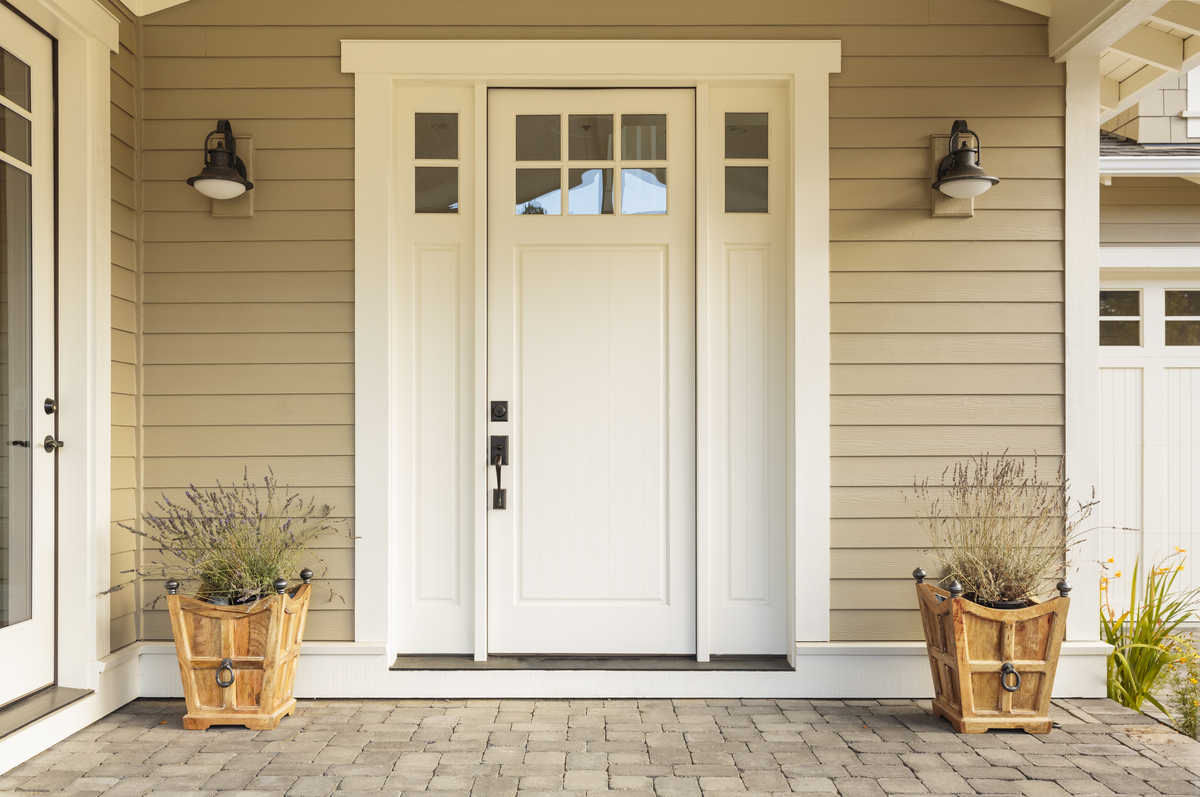
Between vinyl, fiber cement, cellular composite, and engineered wood, what does each siding type bring to the table? Let’s discuss these 4 types of siding and explore the pros and cons of each. Plus, we explore which types of siding are most popular in today’s market.
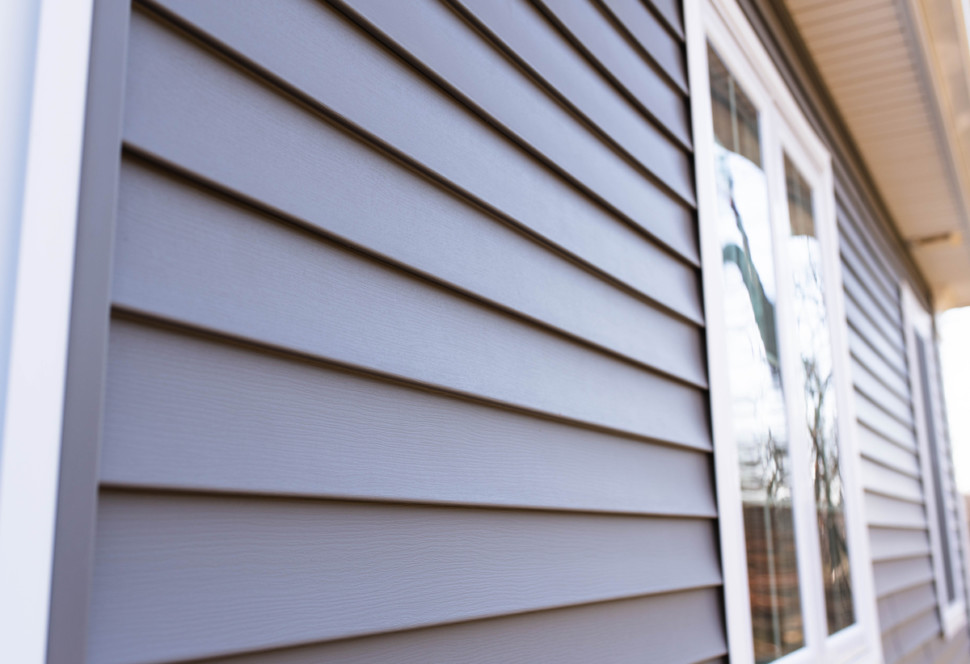
Vinyl Siding
Vinyl siding is one of the most popular types of siding because it’s inexpensive, easy to install, and requires straightforward maintenance. Let’s learn more about the pros and cons of vinyl siding.
Pros of Vinyl Siding
One of the most attractive features of vinyl siding is that it does not require painting. Due to the way vinyl siding is manufactured, the color runs all the way through the material. This means that the color cannot be stripped away or scratched off, and you will not need to paint it. This also means that routine maintenance with a hose or pressure washer will not strip the color off of your vinyl siding.
Another pro of vinyl siding is that it’s considered to be one of the more durable types of siding. It’s made from PVC, which means that insects and pests are not naturally drawn to them like they are to wood siding. When taken care of with regular maintenance, vinyl siding can last well beyond its warranty. Knowing when to replace your vinyl siding will help you get the most out of the material.
Cons of Vinyl Siding
While vinyl siding does bring many benefits to the table, a few of its drawbacks are that it can negatively impact your home’s resale value.
Vinyl siding is also more prone to fading in the sun. Darker vinyl siding in particular is more prone to fading in the sun compared to lighter shades and other materials. Keeping this information in mind when choosing the color of your vinyl siding will help you make the best decision for your home.
Royal Building Products Exterior Portfolio Siding
With a robust variety of colors to choose from, Exterior Portfolio siding from Royal Building Products offers an authentic wood grain appearance, strong warranties, and superior UV resistance. Contact our team to learn more about Exterior Portfolio siding from Royal Building Products.
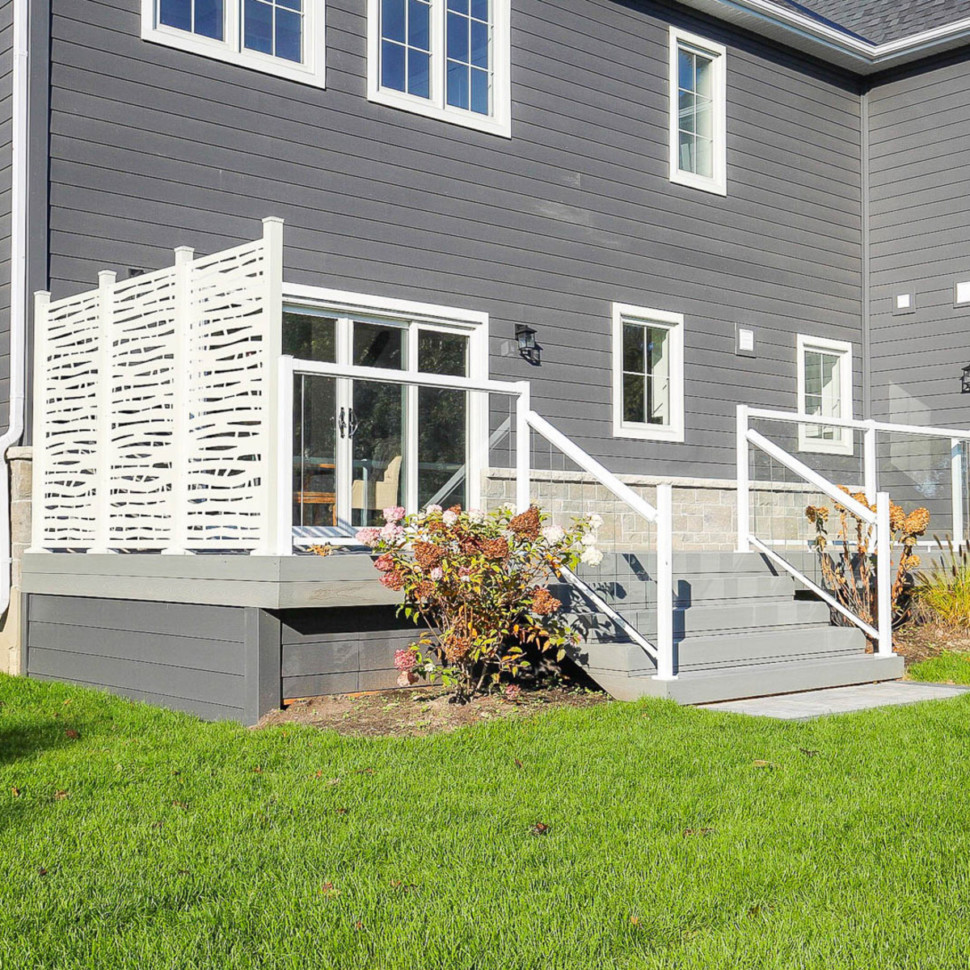
Cellular Composite Siding
To better understand the advantages and disadvantages of composite siding, we first need to know how the material is made. Composite siding is made from scrap woods like cedar and pine that are mixed and compressed together with resin. It can also be made with cement as the base instead of wood.
Pros of Cellular Composite Siding
Cellular composite siding can be a great choice for homeowners because it is inexpensive, insulating, durable, and available in a variety of aesthetically pleasing colors. In addition to keeping homes cool in the summer and warm in the winter, this material is also resistant to the elements. Where other siding materials expand or contract with heat, cold, and moisture, composite siding does not.
Cons of Cellular Composite Siding
One of the disadvantages of working with composite siding is that this material is heavy. Composite siding is heavier than vinyl siding and wood siding, making it labor-intensive for the people installing it. It can also be prone to breakage if not properly taken care of during transportation and installation.
Royal Building Products Celect Composite Siding
Celect composite siding from Royal Building Products is specifically designed to withstand the harshest weather conditions including high winds, has interlocking joints which account for expansion and contraction, and is backed by a strong warranty. This low-maintenance material is available in a variety of beautiful colors that resist dirt, don’t need to be repainted, and have superior UV resistance. Request a quote for Celect Cellular composite siding from our team of siding experts.
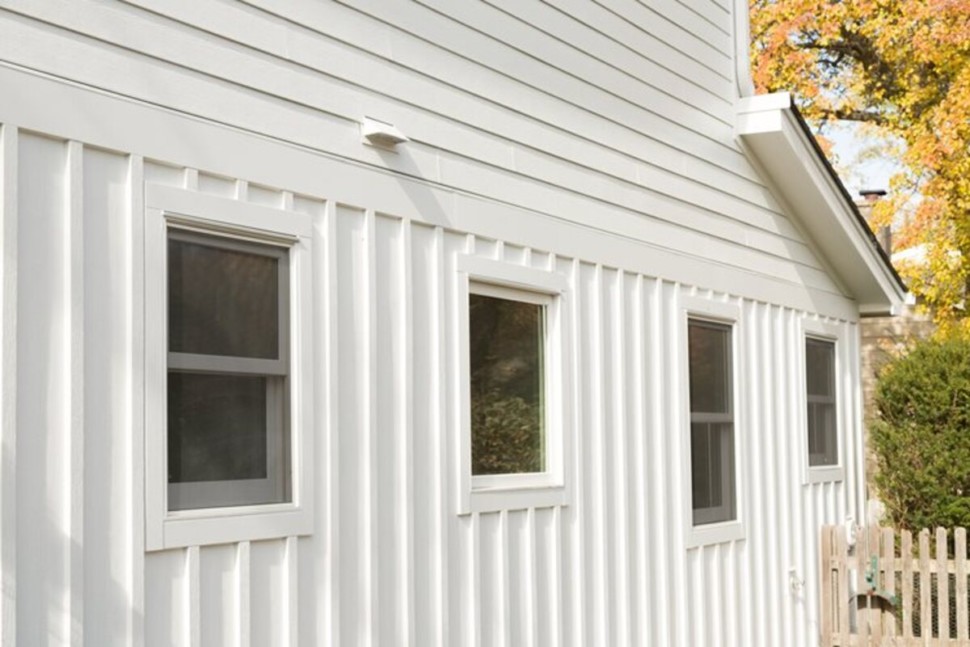
Fiber Cement Siding
Knowing the elements that make up fiber cement will help us better understand the pros and cons of this siding material. Fiber cement siding is made from a mixture of sand, water, Portland cement, and cellulose fibers. Let’s learn more about the pros and cons of fiber cement.
Pros of Fiber Cement Siding
One of the most beneficial features of fiber cement siding is that it is fire-resistant. The majority of the materials used to make fiber cement siding are inflammable on their own, which contributes to the fire-resistant properties of this type of siding.
Another pro of having vinyl siding on your home is that it is very durable and can withstand extreme winds, rain damage, and harsh weather. Fiber cement siding is also impressive in its physical appearance, resembling real wood in a variety of aesthetically pleasing colors.
Cons of Fiber Cement Siding
The biggest disadvantage to having fiber cement siding on your home is that installation does require more investment. This material requires more labor to install compared to more lightweight options like vinyl siding. Fiber cement siding also needs to be repainted after decades of wear, which can add a bit to the overall cost of the material over its lifespan.
James Hardie Fiber Cement Siding
James Hardie fiber cement siding is engineered for performance and durability, offering superior UV and wind protection, resistance against cracking and swelling, and a wide selection of fade-resistant colors. To learn more about James Hardie fiber cement siding, contact our team.
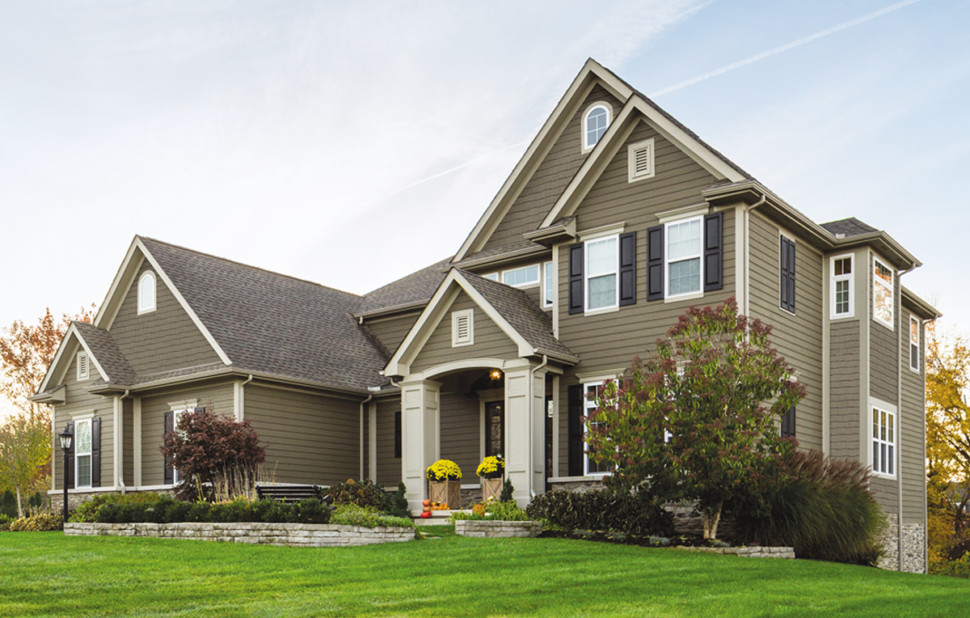
Engineered Wood Siding
Engineered wood siding is made from a base of wood fibers that are mixed and bonded with resin. The material is then coated and treated to help protect against moisture and fungal decay. Let’s compare the pros and cons of engineered wood siding.
Pros of Engineered Wood Siding
Engineered wood siding is a great option for homeowners looking for the appearance of real wood while trying to adhere to a tighter budget. This material is durable, resistant to extreme weather damage, and will last for many years to come with regular maintenance.
Cons of Engineered Wood Siding
A con of having engineered wood siding on your home is that it does require repainting, which adds to the overall cost and time spent maintaining it. The saturation of the colors will fade over time, slightly changing the original color from when it was installed.
LP SmartSide
LP SmartSide engineered wood siding is specifically engineered using proprietary technology to protect against wind, moisture, hail, and other natural elements. With a wide range of colors and an industry-leading warranty, LP SmartSide is built to last. Contact our siding experts to request a quote on LP SmartSide engineered wood siding.
Types of Siding at Standard Supply & Lumber
Whether you’ve decided on fiber cement, composite, or vinyl siding for your home, Zeeland Standard Roofing & Siding has you covered with top options from brand names like James Hardie, Exterior Portfolio, and LP Smartside. Visit us online or in stores for more information!
